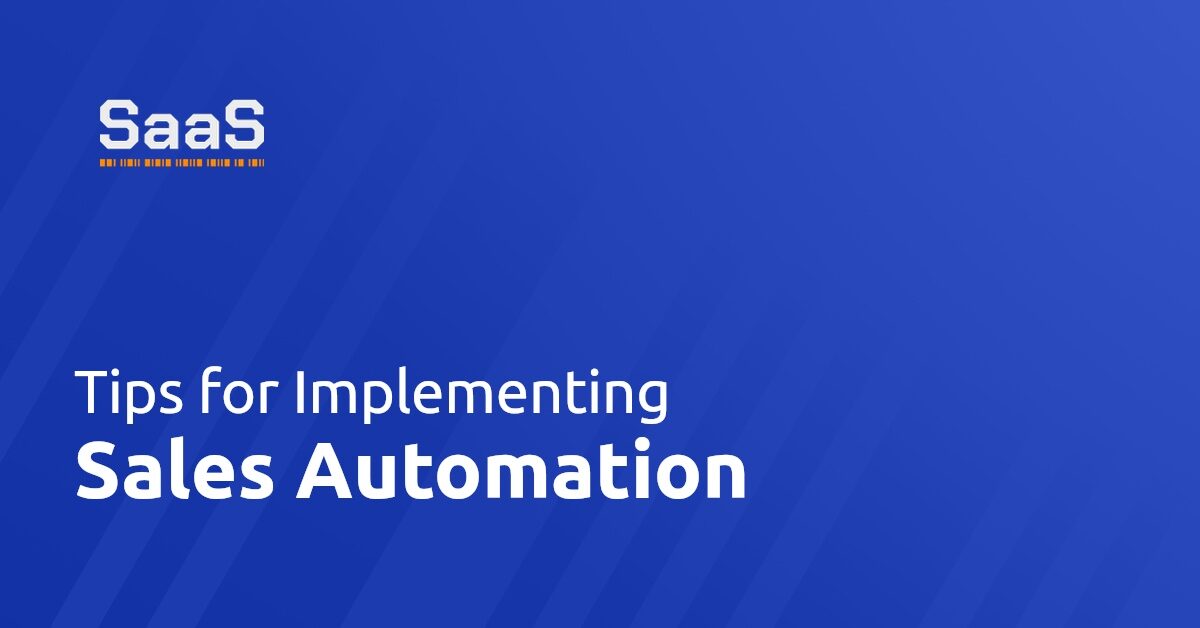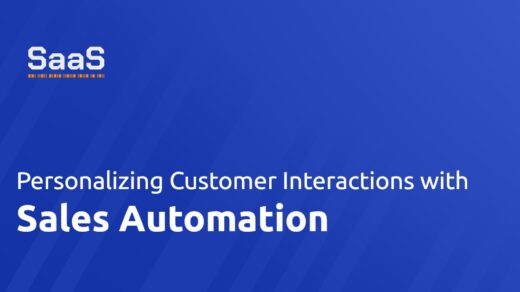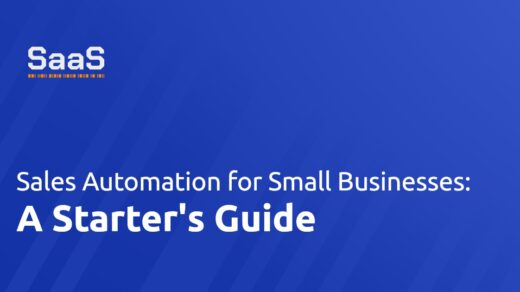Sales automation, a strategic integration of tools and processes, has emerged as a game-changer, revolutionizing the way organizations approach their sales strategies. From streamlining repetitive tasks to offering actionable insights, sales automation promises a multitude of benefits that can elevate your sales operations to new heights. However, embarking on this transformative journey requires careful planning, thoughtful considerations, and strategic implementation.
What Are the Key Benefits of Sales Automation?
Sales automation offers a myriad of benefits that can revolutionise your sales operations. First and foremost, it frees up your sales team from mundane, repetitive tasks. By automating tasks like data entry, lead nurturing, and follow-ups, your team can focus on what they do best – building relationships and closing deals. This leads to increased productivity and ultimately higher revenue generation.
Consistency in communication is another significant advantage of sales automation. Automated workflows ensure that leads and customers receive timely and relevant information, reducing the chances of missed opportunities. Furthermore, automation provides valuable insights through data analytics.
By tracking customer interactions and sales activities, you gain a deeper understanding of what works and what doesn’t. This data-driven approach empowers you to refine your strategies and optimise your sales process continuously.
What Are the Key Considerations Before Implementing Sales Automation?
Before diving into the world of sales automation, careful consideration is paramount. Begin by defining your objectives. What specific outcomes are you aiming for with automation? Be clear about how it aligns with your overall sales strategy. Conduct an in-depth evaluation of your current processes. Identify pain points and bottlenecks that automation can address.
Engage your sales team in the decision-making process. Their buy-in is essential for successful implementation. Assess their readiness for change and provide comprehensive training to ensure a smooth transition. Address data security and privacy concerns upfront. Sales automation involves handling sensitive customer information, so you must ensure compliance with regulations and safeguard data appropriately.
Integration is another key consideration. Choose automation tools that seamlessly integrate with your existing software stack. The last thing you want is a disjointed tech landscape that hinders productivity instead of enhancing it. Ultimately, a well-thought-out plan that addresses these considerations will set the stage for a successful sales automation journey.
How Do You Choose the Right Sales Automation Tools?
Selecting the appropriate sales automation tools is a critical step in ensuring a successful implementation. Start by identifying your specific requirements based on your unique sales processes. This includes understanding the tasks that can be automated to improve efficiency without sacrificing personalization. Research various tools available in the market and evaluate them against your requirements.
Customization capabilities are another crucial aspect. Your sales processes might have specific nuances that require tailored automation workflows. Seek tools that allow you to customise automation sequences, templates, and actions. Integration capabilities are equally important. Ensure the chosen tools can seamlessly connect with your existing CRM, email marketing, and other relevant software.
Robust analytics and reporting features are indispensable. You need tools that provide actionable insights into the effectiveness of your automated processes. Metrics such as conversion rates, engagement levels, and response times are valuable for continuous improvement. Finally, consider user reviews and seek recommendations from industry peers who have hands-on experience with the tools you’re considering.
How to Ensure Successful Sales Automation Implementation?
A successful sales automation implementation demands a well-thought-out approach. Start by clearly defining your objectives and key performance indicators (KPIs). What are you hoping to achieve through automation, and how will you measure its impact? And do not forget to adjust your strategies based on feedback from your team to ensure a seamless transition.
Your team needs to feel comfortable using the new tools and confident in the new processes. Effective communication throughout the process is essential. Keep all parties informed about changes, progress, and upcoming milestones. Regularly monitor the implementation’s progress and gather feedback from your sales team.
Remember that successful implementation doesn’t mean the journey ends. Continuously monitor and measure the impact of sales automation on your sales performance. Are you achieving the expected results? Stay open to feedback and continuously optimise your automated processes based on real-world outcomes. The key is to view implementation as an ongoing process, where adaptation and improvement are integral to achieving long-term success.
How Can You Optimize Sales Automation?
Optimising your sales automation initiatives requires a combination of vigilance and adaptability. Regularly analyse the data and insights generated by your automated processes. Identify trends, patterns, and potential areas for improvement. Collaborate closely with your sales team to gather their input on the effectiveness of the automation tools. Their front-line experience can uncover insights that might not be apparent from a purely analytical perspective.
Use the feedback you gather to make necessary adjustments to your workflows, templates, and communication strategies. Fine-tuning these aspects can lead to more personalised and effective interactions with leads and customers. Stay current with the latest advancements in sales automation technology. The landscape is continually evolving, and staying up-to-date ensures you’re harnessing the full potential of the tools at your disposal.
Lastly, maintain a culture of continuous learning and adaptation. Regularly assess the impact of your optimised automation processes on your sales performance. Are you meeting your KPIs? Are there additional efficiencies that can be unlocked? By approaching sales automation as a dynamic process, you can refine your strategies over time to achieve optimal results.







